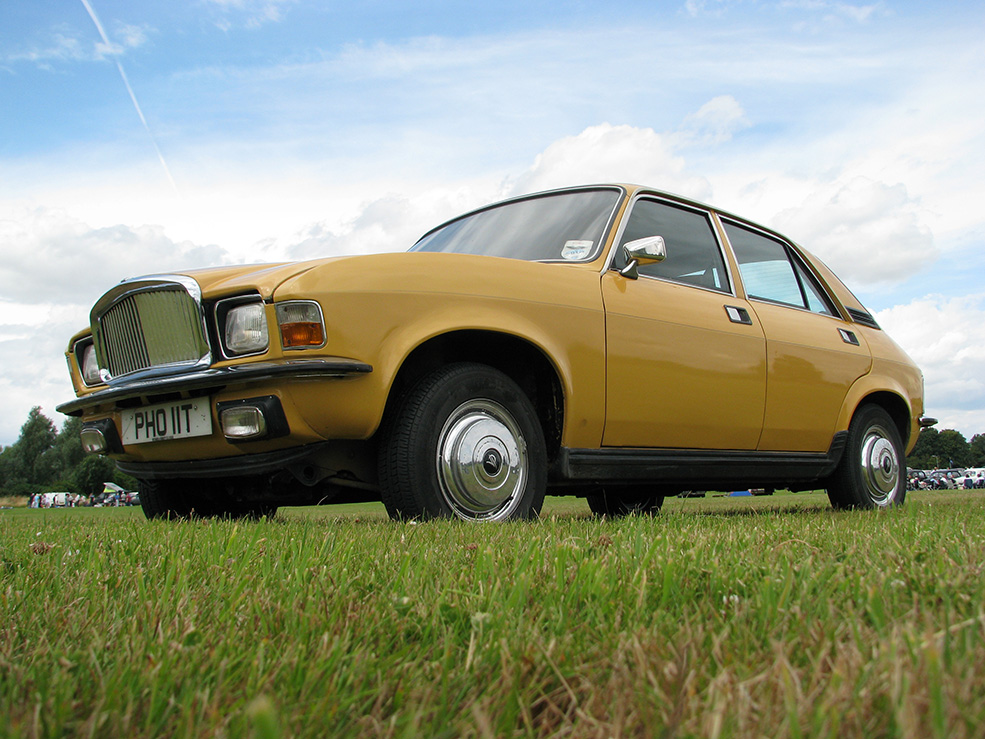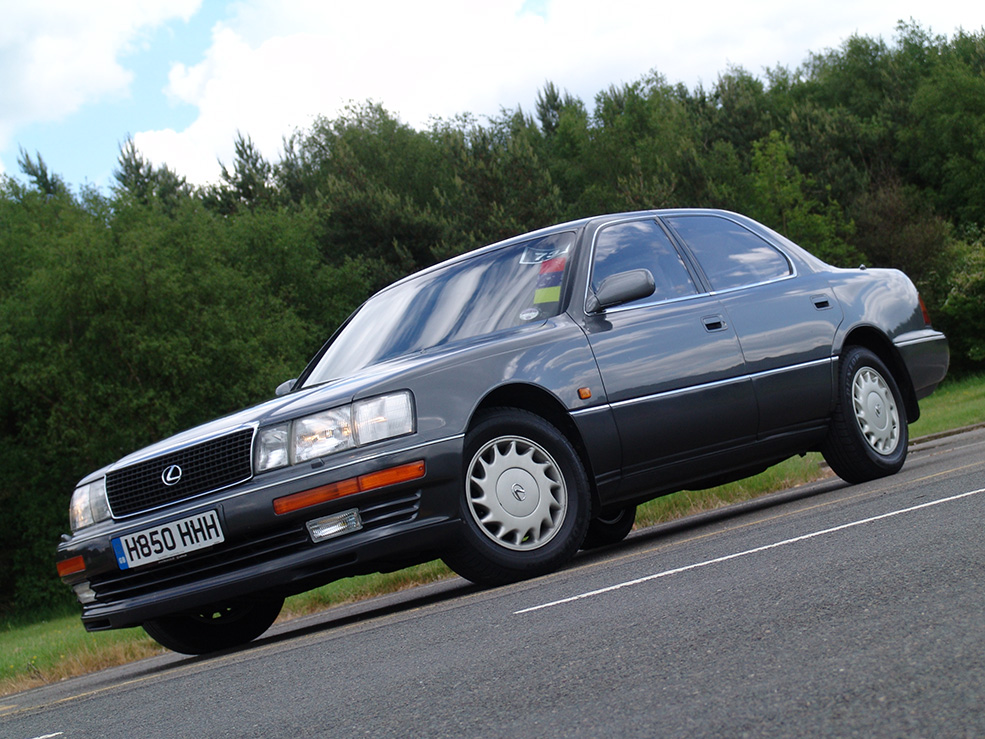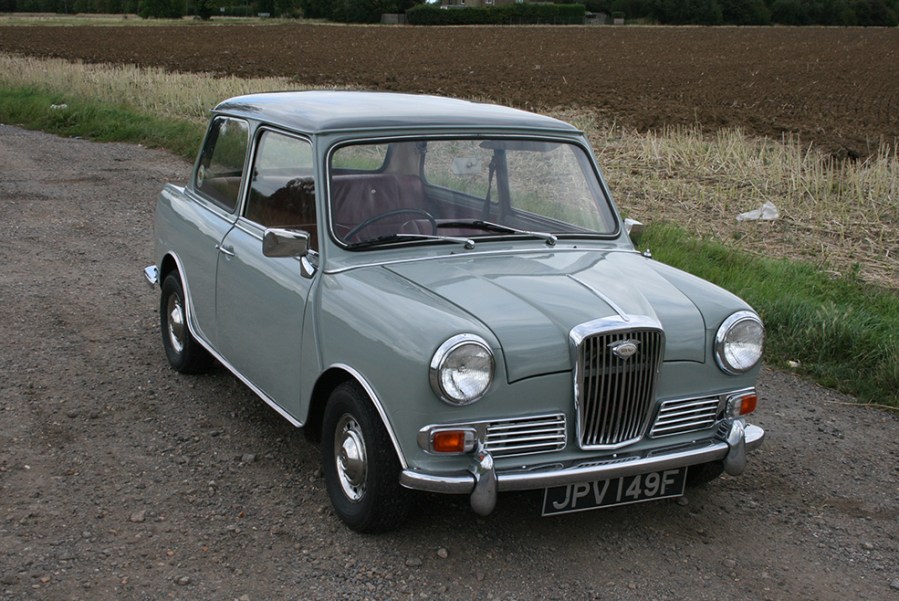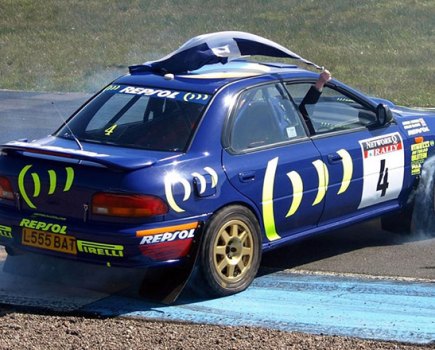Heading upmarket is a risky venture for any marque. After savage depreciation takes its toll, you’ll be glad that manufacturer stepped out of its comfort zone…
RILEY ELF (1961-1969)
The cheapest route into Sixties Mini ownership is to buy into a booted saloon variant, either in Wolseley Hornet or range-topping Riley Elf guise.
Boasting saloon styling, chrome grills and lavish interiors; both cars, themselves ADO 15 revivals of pre war sporting nameplates, brought luxury trappings to the segment where austerity reigned supreme. Early Hornets and Elfs made do with a single carburettor 848 cc A-Series; 1963’s MkII ushered in a larger 998cc unit. Two years later, fresh air vents and wind up windows in place of sliding plates distinguished the MkIII.
While Europe, Japan and the US later took the Hornet and Elf to their hearts, Britain buyers remained ambivalent, buying just over 28,000 Wolseleys and around 30,000 Rileys. It’s in the latter two countries that prices are at their most ambitious – closer to home, asking price compiling website The Market found values of the Riley Elf sitting at between £3500 and £9450. Based on the sales of 241 Elfs between September 2014 and March 2018, its data suggests that Elf values are appreciating by just over 6 per cent every year. These higher values in relation to the Wolseley Hornet befits its costlier status when new; in The Market’s experience, good Hornets fetch between £4000 and £5000 between private sellers, club members and dealers.

VANDEN PLAS 1500 (1974-1980)
Derided when new, the reasoning behind the Vanden Plas (VdP) 1500 – an upmarket, specially trimmed Allegro – was arguably sound. British Leyland, well aware of the approaching fuel crisis, felt the era of the gas-guzzling luxury car was coming to end. In the VdP 1500, it sought to combine the parsimony of a small car with the creature comforts of an executive saloon.
Budget restraints meant that only one pressing on the body shell (the grille) was changed; badging aside, it was the interior in which the historic Vanden Plas Kingsbury works made its presence felt. The 1500 was the last car augmented by the firm, wound up ignominiously by BL in 1979 when the money ran out. The very last VdP 1500s were built at MG’s Pavlova factory in Abingdon, and the following year, it bit the dust, too.
Prices for surviving VdP 1500s – of which few remain – hover around £3000. Using Car and Classic, we found two cars, one listed at Pioneer Automobiles for £2950, the other at dealer Tasker & Lacy, offered at £3000.

LEXUS LS400 (XF-10, 1989-1994, XF-20, 1994-2000)
The Lexus LS400 was seminal in perception terms; put simply, it was a shot across the bows for established luxury car marques. Before the LS400, the likes of Europe and the US easily dismissed Japanese executive saloons as pretentious misfits.
Extensive market research told Toyota it needed a new marque in which to sell its new car outside Japan; unlike the upscale efforts of British makers, whose cars often had prosaic underpinnings, Lexus’ Luxury Sedan 4.0-litre (LS 400) was the epitome of regulated difference.
Resembling a Mercedes S Class in profile, its equipment and price competed head on with Jaguar, while its comfort and performance matched German marques head on. Despite a shaky start with a wiring recall in the USA during the first year of production, the LS400 was an emphatic success over the pond; while the first 44 of British Toyota dealers certified to sell Lexus cars remained under strict instructions to keep LS400s away from Starlets, the new car quickly caught on here, remaining credible in the face of entrenched competition.
Car and Classic (along with Pistonheads Cars For Sale) was our guide to LS400 pricing – and while sub £1000 LS400s do still exist, the roughest have now been picked off by engine harvesters keen to transplant their 1UZ-FE V8s into other cars, with banger racers disposing of the remains.
The cheapest LS400 available was a high mileage post facelift XF-20 at £1750, with an immaculate 1993 car presented at £6500. Without any doubt, a modern classic in the making.

MAZDA XEDOS 9 (1994-2001)
While Toyota’s Lexus line prospered, Mazda’s upmarket aspirations were tempered by the fall of Japan’s bubble economy. We only got to see the first two cars of the latter’s proposed Amati marque in the flesh – the Xedos 6 (Eunos 500 in Japan) and the Xedos 9 (Eunos 800) – before the accountants called time on the project.
Underrated when new, the Xedos 9 was best remembered for its flirtation with Miller Cycle technology, which used a supercharger to boost the fuel economy of a specially fitted 2.3-litre V6 engine. Other cars used conventional 2.5-litre engines V6s with the Ford Probe 24v and MX-6 coupe; the high standards of fit and finish (including a new ‘super hard’ baked paint process) established on the smaller E36 baiting Xedos 6 boosted showroom appeal.
Sadly, image obsessed Britain ignored the Xedos 6: the Mazda marque failed to draw executives away from their BMWs, Jaguars and Lexus LSs. Depreciation was savage – and parts availability became patchy.
With Gumtree and Car and Classic combed for bargains, asking prices for the few surviving Xedos 9s varied somewhat. Those who buy a Xedos 9 tend to have another – and buy up any others they can lay their hands on. £725 bought a 2.5 V6 example off Gumtree in 2013; further back than that in 2010, a 2.3 Miller found a new home at £950. Car and Classic currently lists one Xedos 9: an immaculate 2.5-litre V6 car, priced at £2750. Alas, the Xedos 9’s time will come, but its time in the wilderness has yet to be fully spent.






